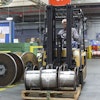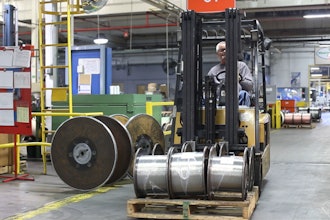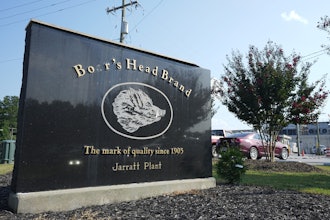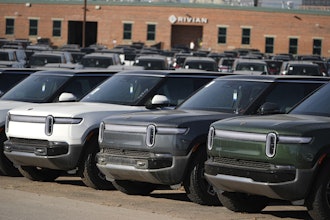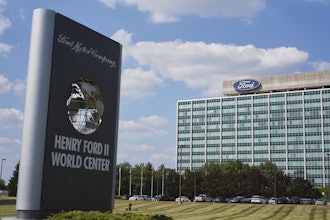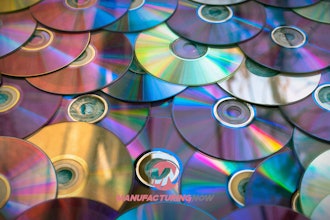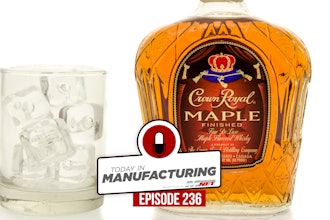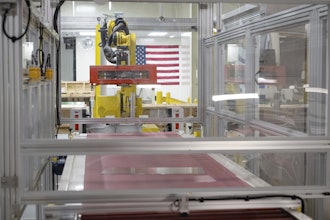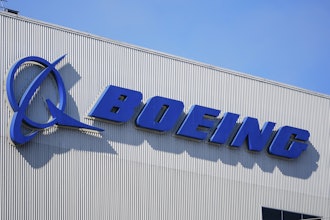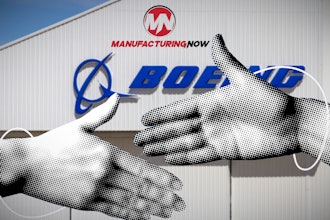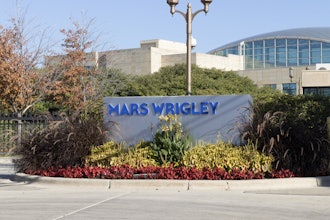General Mills and GE Water & Process Technologies team up to find an innovative treatment solution for difficult surface water
A challenge confronted Darin Davis, the environmental manager of the General Mills facility in Wellston, OH, considered to be the largest producer of frozen pizzas. He needed to figure out a way to turn 90 million gallons of murky pond water into clear water with no more than 8 mg/l of suspended solids (TSS), the level required by the city's publicly owned treatment works.
"We needed to drain the entire 33-acre lagoon," explains Davis. "However, we wanted to avoid trucking the water because of the high cost and the potential environmental impact."
Treating the lagoon water in the plant's wastewater treatment system was not an option. Although General Mills has a permit to discharge 700,000 gallons per day of treated wastewater into a nearby creek, nearly all of this capacity is utilized for the plant's manufacturing operations. The only options were either removing the water by truck or discharging the water into the city's publicly owned treatment works.

The General Mills facility in Wellston, OH, is considered to be the largest producer of frozen pizzas.
Davis and his team approached the engineers at GE Water & Process Technologies for a solution. Charles Camp, the supervisor of the wastewater treatment plant at the General Mills facility in Wellston, recalls: "We had a history of working closely with GE at our wastewater plant and turned to them for assistance in solving this unusual surface water treatment challenge." The engineers proposed using a relatively new technology called entrapped air flotation or EAF. They said EAF improves upon conventional dissolved air flotation or DAF technology, the nearly century-old wastewater treatment method widely used in industrial applications for liquids, solids, and oils separation.

GE Water & Process Technologies EAF system is a robust filtration system.
"The EAF system proved to be an excellent solution," said Camp. "Despite the highly variable and difficult-to-treat feedwater, we maintained an average flow rate of about 300,000 gallons per day, right through the cold winter, and we never exceeded the stringent TSS standards set by the publicly owned treatment works."
One of the many challenges presented by this project was the lack of potable water at the site. Unfiltered water from the lagoon was employed as "drive water" in the EAF process. Despite concerns that the unfiltered water would be harmful to pumps and other components, the EAF systems performed without failure.
Davis calculates that General Mills saved approximately $5 million by avoiding the expense of removing the lagoon water by truck. "We also saved another $150,000 because the water removal project was completed three months ahead of schedule," added Davis. "It turned out that we needed this additional time for the sludge removal operation, because we ended up removing double the amount of sludge from the bottom of the lagoon compared to our original estimates."
And what happened to the sludge? After the lagoon was drained, all the sludge was used to enhance the soil of the surrounding farmland and the former strip mines in the area.
More information on filtration is available by contacting GE Water & Process Technologies, 4636 Somerton Rd., Trevose, PA 19053, at 215-355-3300 or www.gewater.com.
